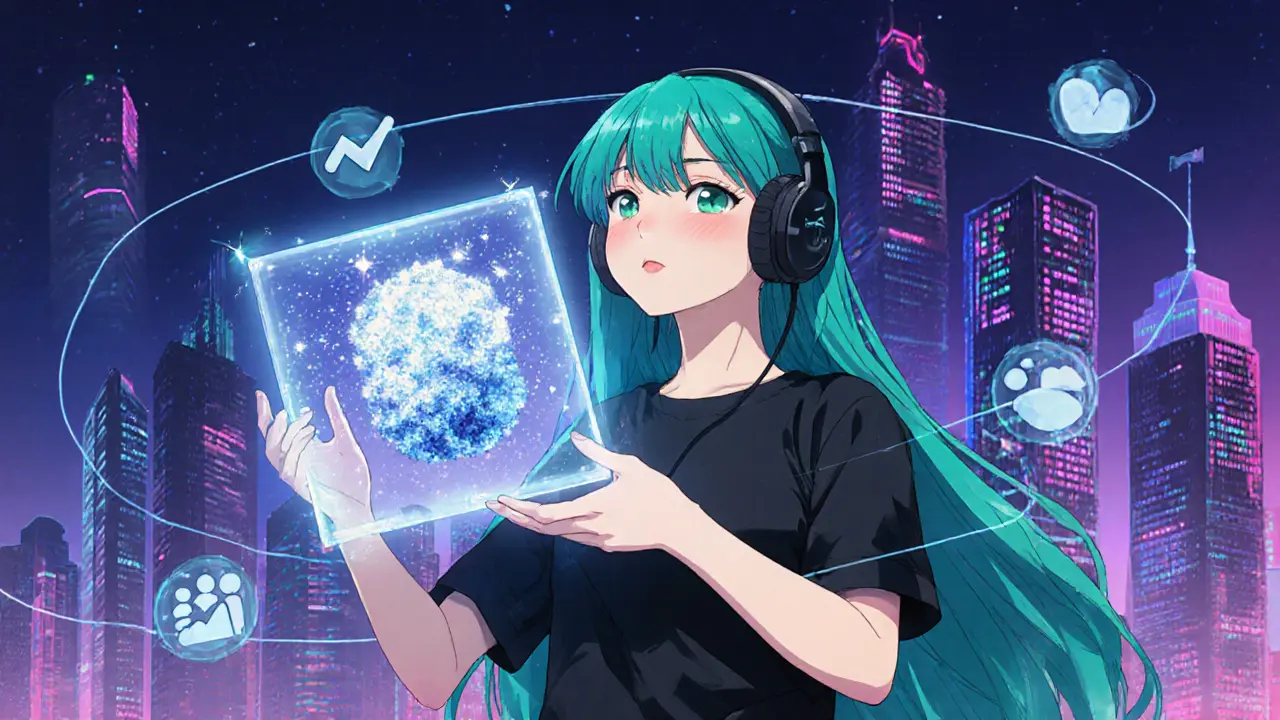NFT Value: Understanding How to Price Digital Collectibles
When assessing NFT value, the monetary worth of a non-fungible token based on scarcity, utility, and market sentiment. Also known as NFT pricing, it helps collectors, investors, and creators decide when to buy, sell, or hold. NFT value isn’t a mystery—it's a blend of data points and market psychology. First, you need to know what a Non-Fungible Token (NFT), a unique digital asset recorded on a blockchain actually represents. Each NFT carries metadata, ownership history, and often a link to visual or audio content. Because each token is distinct, traditional price formulas don’t apply; instead, you compare it to similar items, check transaction volume, and gauge community hype. This is why most valuation guides stress looking at recent sales, creator reputation, and the rarity tier of the asset.
Key Factors That Drive NFT Value
One of the strongest drivers is tokenomics, the economic design behind a token, including supply limits, utility, and reward structures. A token with a capped supply and clear use cases—like staking or granting access to exclusive events—tends to hold higher value than a token that floods the market. Another factor is the surrounding ecosystem. In the metaverse, a virtual world where users own land, items, and avatars as NFTs, NFTs act as digital real estate or fashion items, and their value is tied to the platform’s user base and future growth plans. Look at things like daily active users, upcoming game launches, or partnerships; when a metaverse project announces a new feature, related NFTs often see price spikes. Finally, community sentiment and social media buzz add a layer of speculation. When influencers tweet about a drop, or a Discord channel spikes in activity, demand can surge quickly, boosting short‑term value.
Beyond the basics, you’ll also see how airdrops can affect NFT prices. An airdrop that grants extra tokens or exclusive in‑game items to existing NFT holders can make an already popular collection even more attractive, creating a feedback loop of higher demand and higher price. Similarly, cross‑chain bridges or new marketplace listings broaden the audience, introducing fresh buyers who might value the asset differently. Understanding these dynamics helps you spot undervalued NFTs before they catch fire. Below, you’ll find reviews, guides, and deep dives that walk through real‑world examples—from metaverse land tokens to meme‑driven collectibles—so you can apply these concepts to your own portfolio.
